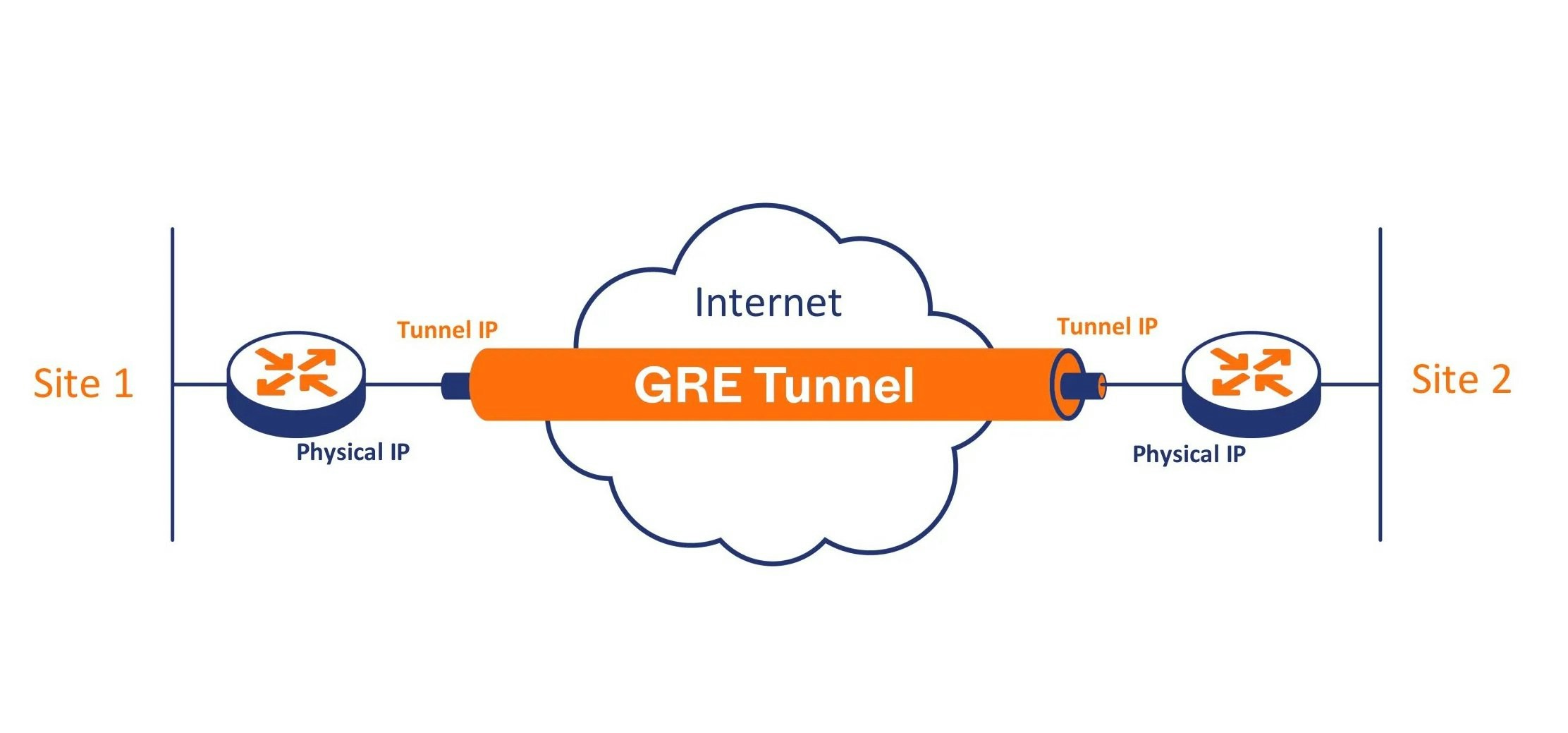What is the GRE protocol?
Generic Routing Encapsulation, or GRE, is a tunneling protocol that creates a virtual point-to-point connection between two endpoints over an IP network. The endpoints are usually routers or firewalls that are assigned IP addresses when connected with a GRE tunnel. Much like a real-life tunnel, a GRE tunnel acts as a pathway for data to travel from point A to point B.